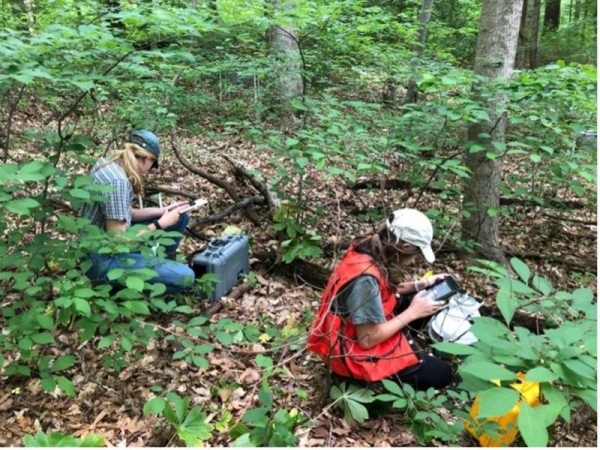Coastal forests are increasingly exposed to the effects of climate change and sea level rise. However, scientists have an incomplete understanding of what this means for soil stability. This experiment examined how soil might change when transplanted between parts of a tidal creek that differed in salinity. Scientists found that soils with a history of salinity and inundation by seawater were more resistant to changes in water properties and movement. This suggests that the soils had already “learned” how to adapt to environmental changes. The researchers suggest that differences in the resilience of soils’ carbon cycling vary across landscapes. This variation is likely due to the soils’ composition, chemistry, other characteristics, and the legacy of prior exposure to disturbance.
The Impact
Coastal change research has traditionally focused on environments closest to the ocean, such as barrier islands, intertidal wetlands, and subtidal ecosystems. These studies have had conflicting results. Consequently, researchers know little about the sensitivity of coastal forest soil carbon to future changes in climate conditions. The results of this study suggest that disturbance legacies shape coastal forest soil responses to changing salinity and inundation from rising sea levels and storms. In the context of ongoing climate change, this type of manipulative transplant experiment provides a crucial inferential link between purely observational experiments, data synthesis efforts, and large-scale ecosystem manipulations.
Read more at DOE/US Department of Energy
Image: Two research technicians measure carbon dioxide and methane fluxes from transplanted soil monoliths along a tidal creek at the Smithsonian Environmental Research Center in Edgewater, Maryland. (Image courtesy of Ben Bond-Lamberty, Pacific Northwest National Laboratory)


